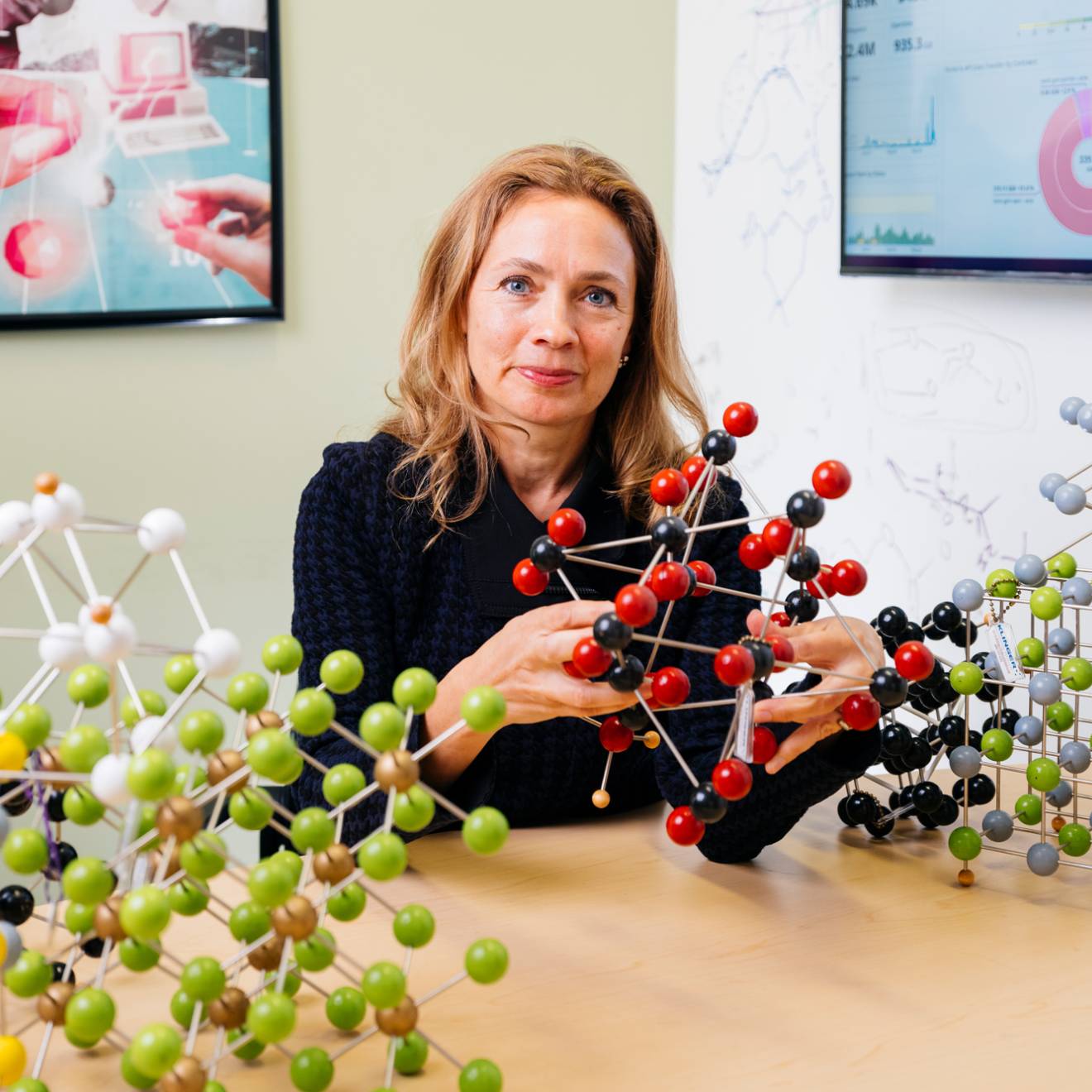Cheri O'Neil, UC Santa Cruz

When Briana Sidney was growing up in East Oakland, her parents protected her after the homicide of her uncle by keeping her inside. Her father taught her to play video games, which gave her a way to connect with him. Her favorites were "Madden NFL" and "Ape Escape."
By the time she was 12, video games grew in importance. They became her reward for getting good grades, and by 17, she realized they were her way to escape the violence of her neighborhood into worlds where she could control what happens.
Now a freshman at UC Santa Cruz, Sidney is the first in her family to attend college. She's on the road to becoming a game designer with the help of a $5,000 scholarship as part of an initiative that aims to build a stronger partnership between UC's Office of the President and the Oakland community.
Sitting with her laptop in the Stevenson Coffee House, she says, "I love to play ukulele and volleyball and sing in the choir. But what I'm always thinking about is programming."
Studies show that only one in 10 people from low-income families have a bachelor's degree by age 25. For those like Briana who do get to college, the transition can be made easier with the help of mentors.
Highly motivated
And so it was with Sidney, who met her first mentor, Charity Clay, as a sophomore at Oakland High School. Clay was working with Juma Ventures, an organization that empowers low-income youth, and within a week after she met Sidney, the teen had turned in all her application materials for the program.
"I realized right away that Briana was a self-starter with a high level of autonomy," says Clay, PhD, now a sociology professor at Merritt College. "She's not afraid to fail, and she's not afraid to embrace trying something new."
In the Juma Ventures program, Sidney got a job as a food vendor at the Oakland Coliseum, and the program matched her earnings for college expenses. Later, Clay encouraged her to apply to Girls Who Code, a nonprofit working to close the gender gap in the technology industry. The summer after her junior year, Sidney took public transportation every day from Oakland to Menlo Park for the seven-week computer science program at Facebook's headquarters.
"The most life-changing part of Girls Who Code was seeing that the curriculum director of the program did not have perfect grades and was not the perfect student," Sidney says. "I got the impression I needed that to be a programmer. It turned out it was okay that I was not the best student in high school."
She also discovered a love for coding that summer, likening it to "solving a puzzle, challenging and rewarding."
During her senior year, Sidney had an internship with Tech Hive at the UC Berkeley Lawrence Hall of Science, followed by another at RADD3, a technology and software startup, where she taught others how to code using Code Academy.
Change through video games
It was through Tech Hive that she met research director Sherry Hsi, who describes Sidney as someone who has her own ideas and the determination to express them.
"She was in a design team assigned to create a responsive robotic animal using a cardboard, programmable motor and sensors," Hsi says. "Most of the student teams created an animated animal as instructed. Not Bri. Instead of following directions, she and her team decided to make the house from the Pixar movie, 'Up,' with colorful animated balloons.
"During the project presentations, I said to her, 'So, this isn't an animal,' to which she replied, 'I know. But this is much more awesome, and so we made it. Isn't it great?'"
Her favorite games now are "Tomb Raider" and "The Last of Us." Eventually, she says, she'd love to work for a game company, but she'd also like to help introduce more children to science and technology.
"STEM (Science, Technology, Engineering, and Math education) fields can seem so intimidating, but I don't think it would be that way if they were introduced at a young age. As it is now, you have to have money and transportation to even visit a science museum, and that's not something everyone has. I'd love to send children there for an entire week."
And how do video games fit in to those dreams?
"There is a lot of talk about how video games are used to desensitize us to violence," Sidney says, "but I would like to show people the positive ways that video games can help."

